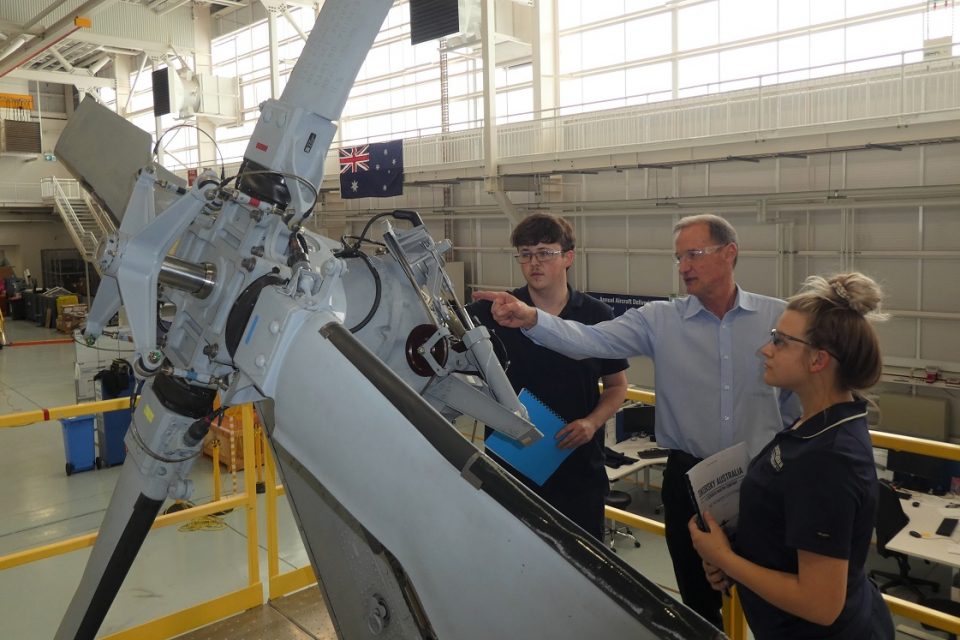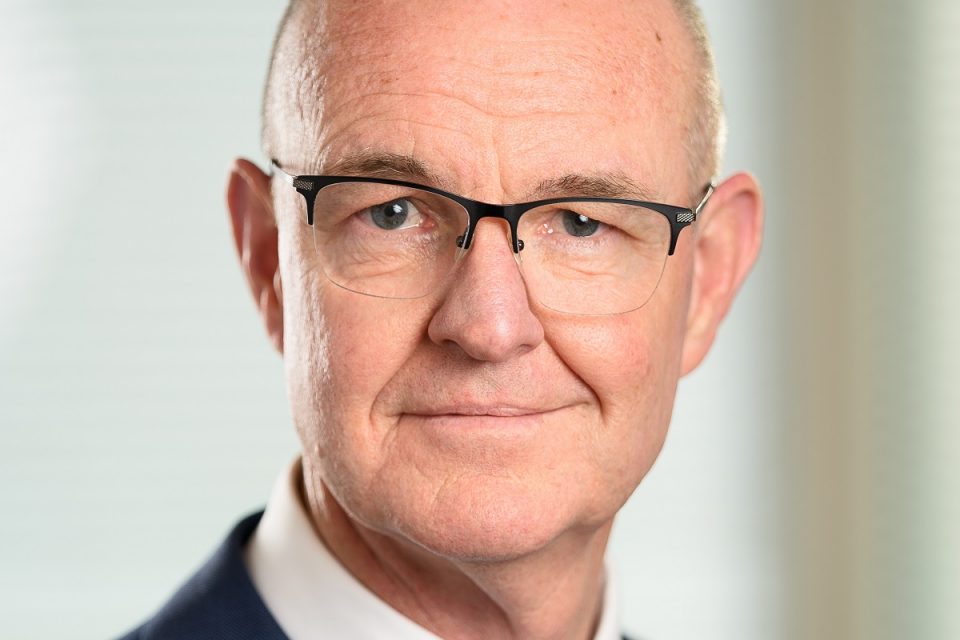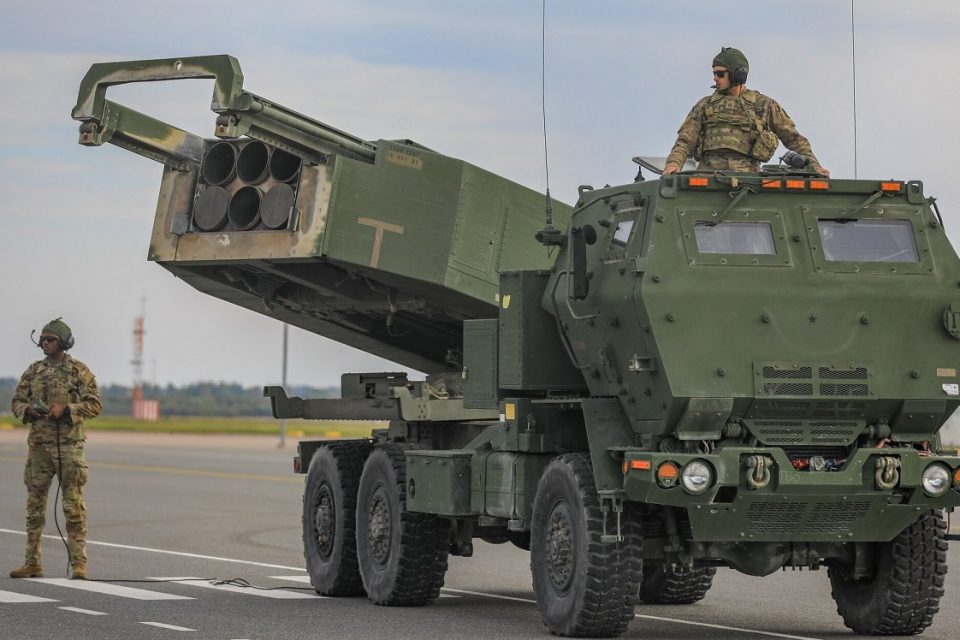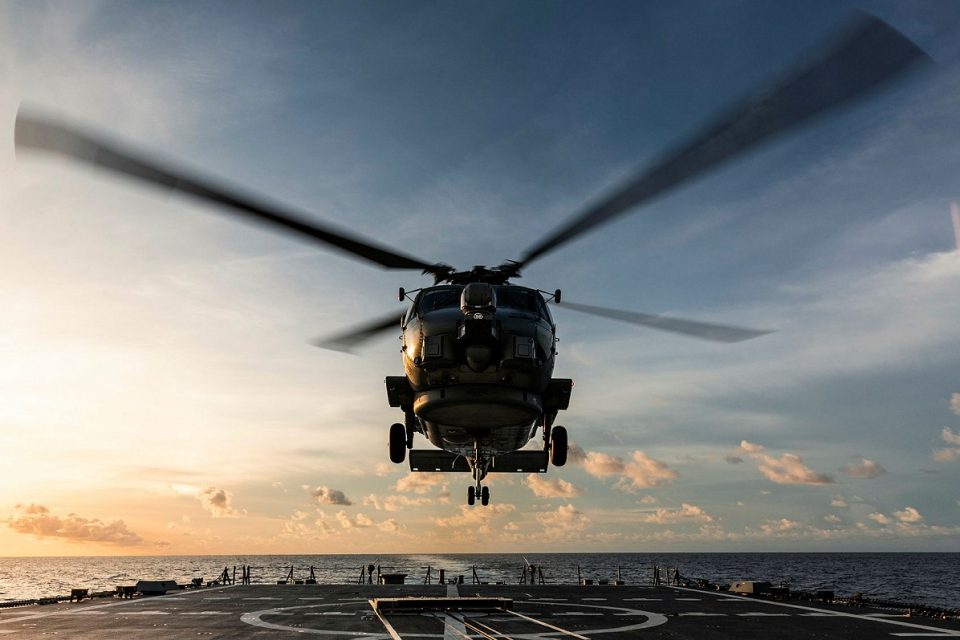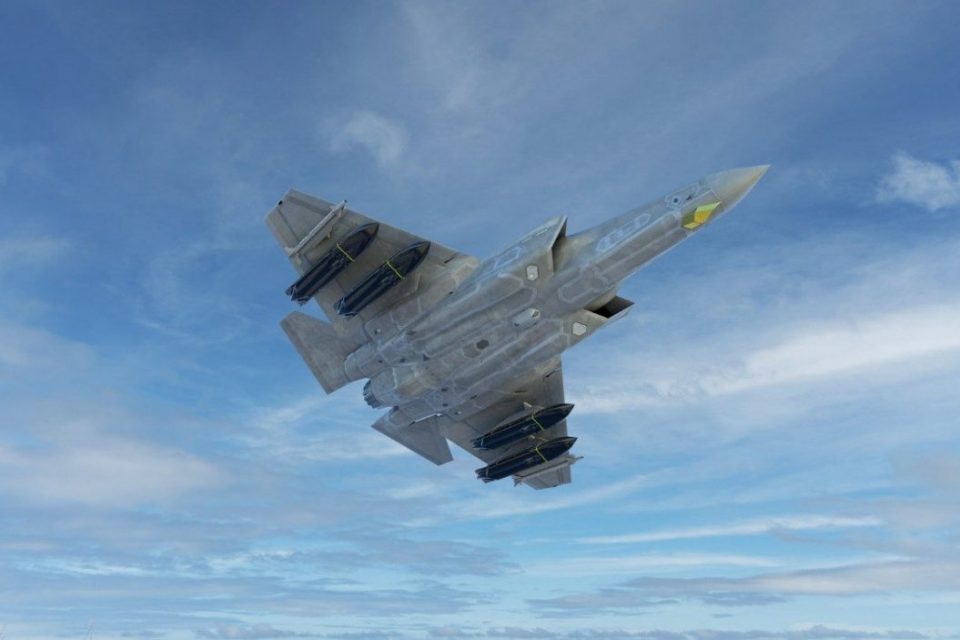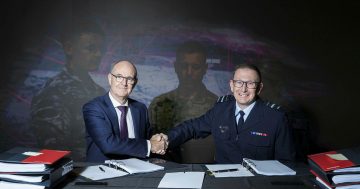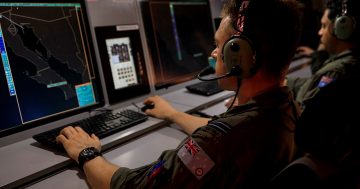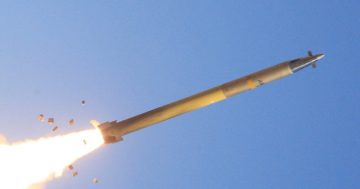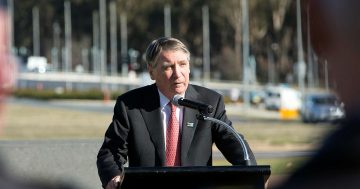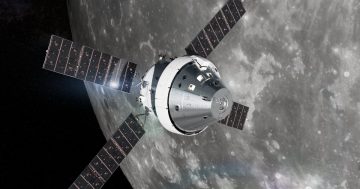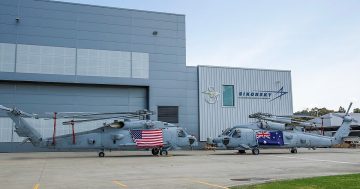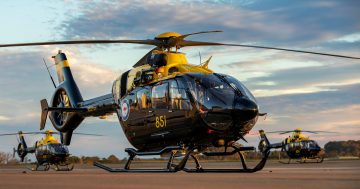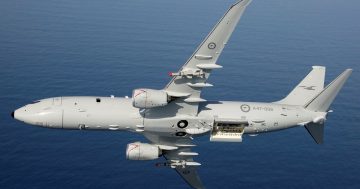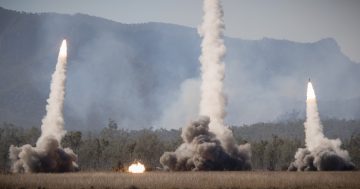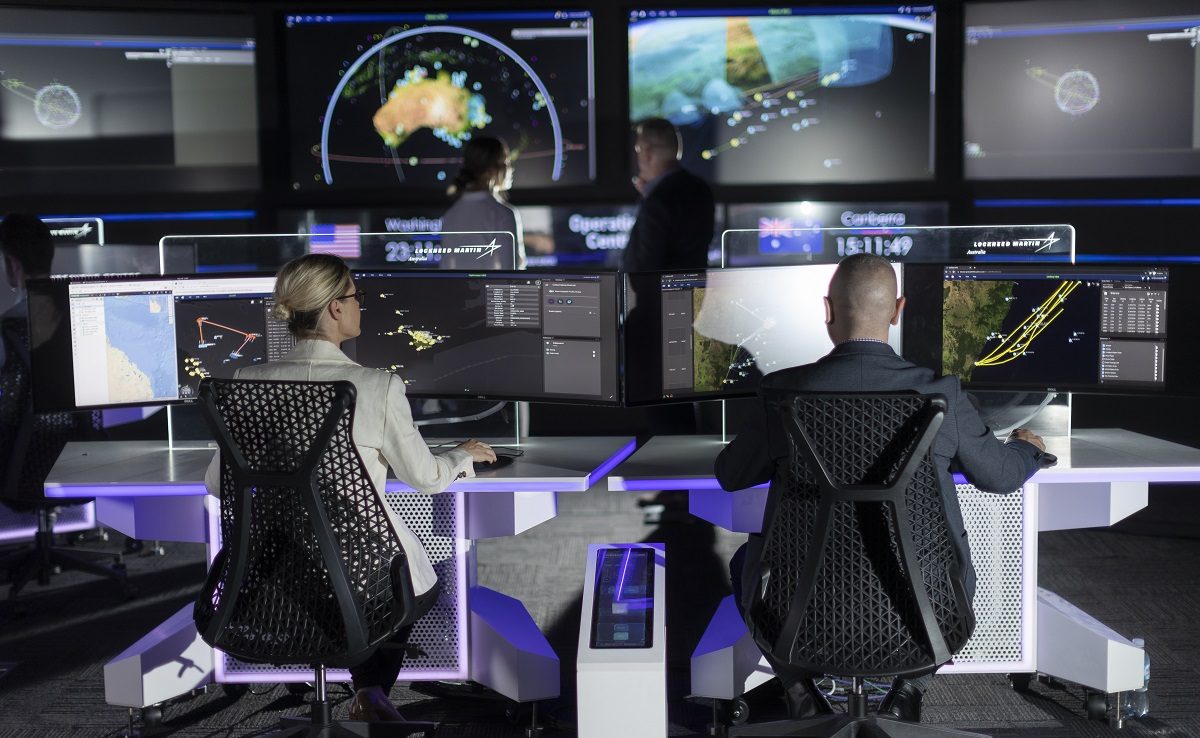
Lockheed Martin was able to retain more than 200 engineering and systems architecture staff from the cancelled Future Submarine program and redeploy them onto projects such as AIR 6500. Photo: Lockheed Martin.
The public version of the 2023 Defence Strategic Review (DSR) released by the Federal Government in April was somewhat underwhelming in its overall scope, with few major capability announcements made and little in the way of additional funding.
The immediate changes were a major reduction in scope for Army’s Project LAND 400 Phase 3 Infantry Fighting Vehicle (IFV) and LAND 8170 Phase 2 Self Propelled Howitzer (SPH) requirements, and a new greater emphasis in long-range strike weapons.
One large defence industry ‘prime’ working to position itself to best support the DSR is Canberra-based Lockheed Martin Australia and New Zealand.
Perhaps best known in Australia as the manufacturer of the F-35 fighter jet, Lockheed Martin also builds helicopters through its Sikorsky subsidiary; airborne, land, maritime, and space mission and combat systems; optical and radar-based sensors; communications satellites; short, medium and long-range precision-guided missiles and launch systems. It also has growing sustainment capabilities, particularly with Sikorsky Australia at Nowra and now expanding to Holsworthy and Oakey.
Lockheed Martin Australia and New Zealand chief executive, Warren McDonald has been in the job nearly two years after a career in the Royal Australian Air Force, and said the company had been growing its partnerships, portfolio and skilled staff levels in anticipation of looming requirements and major capability decisions.
Following the 2021 cancellation of the Project SEA 1000 Future Submarine program, Lockheed Martin held on to the majority of the project’s 240 staff.
“We made that decision for two reasons,” Mr McDonald told Region. “First, talent is in high demand, and challenging to find. Second, we took a long-term perspective on our potential success in upcoming programs, and the need to mobilise quickly in such scenarios.
“The decision has already proven beneficial as it’s allowed us to retain the talent necessary to rapidly manage changes, including those introduced by the DSR.”
Many of the Future Submarine staff were systems architects and engineers with combat system integration experience, highly transferable skills.
“We over-staffed AIR 6500 for the express reason to be ready should we be selected, and to grind out as much risk as possible in the proposal we put forward.”
A decision on the successful AIR 6500 Phase 1 ABMS tender is due in coming months.
The company is also focused on ‘growing’ its own workforce. “We’re very active in STEM and cyber programs,” he said. “Through initiatives such as the Hunter Defence Network and our apprenticeships at Sikorsky in Nowra, we are dedicated to nurturing new talent and building Australia’s sovereign capability.”
Mr McDonald said moving to Lockheed Martin after nearly 40 years in the Air Force wasn’t too difficult a transition.
“But what is the most remarkable [difference] from my perspective is that (globally), we have about 50,000 to 60,000 scientists and engineers in a company of about 114,000,” he said. “So you can see we are a future-focused company by the products we deliver.
“We have some very talented people. And we are proud of the ecosystem we have set up here to foster innovation and develop local capability. For example the STELarLab (Science Technology Engineering leadership and Research Laboratory) in Melbourne, the only Lockheed Martin lab outside the US.
“But it’s also the ability to reach back into the US, into that considerable depth that sits with engineering and science. That’s what I see as being the powerhouse of our company.”
Mr McDonald said he thought the DSR was a fairly balanced document, and its focus on new strike capabilities was correct. “We do need a longer range strike outcome for deterrence, and they’re absolutely focused on that,” he said.
“While there may be discussions about the budget and whether it is sufficient, the government has expressed its intention to increase the GDP associated with defence in the medium term.
“It’s important to consider how such an investment would be applied to building capability. When operating in a peacetime setting, despite challenging global circumstances, there’s a balance to be had.
“I’m not involved in the complexities of balancing the Australian budget, but as a society, I think we need to acknowledge the processes and tensions involved and trust the government in finding the right balance.”



